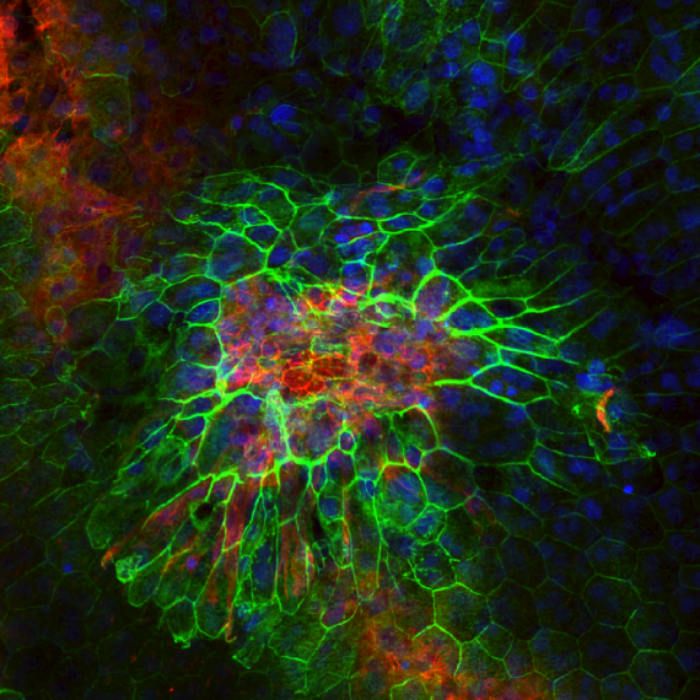What if all living creatures in this universe were communicating with a unknown yet learnable language of signs? This at least is what biosemantics is about – a no longer so new branch of science aimed to explore the language of life itself.
This is how the international society for biosemantics studies describes the discipline:
“Biosemiotics is an interdisciplinary research agenda investigating the myriad forms of communication and signification found in and between living systems. It is thus the study of representation, meaning, sense, and the biological significance of codes and sign processes, from genetic code sequences to intercellular signaling processes to animal display behavior to human semiotic artifacts such as language and abstract symbolic thought.
Such sign processes appear ubiquitously in the literature on biological systems. Up until very recently, however, it had been implicitly assumed that the use of such terms as “message” “signal” “code” and “sign” was ultimately metaphoric, and that such terms could someday effectively be reduced to the mere chemical and physical interactions underlying such processes. As the prospects for such a reduction become increasingly untenable, even in theory, the interdisciplinary research project of biosemiotics is attempting to re-open the dialogue across the life sciences – as well as between the life sciences and the humanities – regarding what, precisely, such ineliminable terms as “meaning” and “significance” might refer to in the context of living, complex adaptive systems.
The purpose of the International Society for Biosemiotic Studies (ISBS) is to constitute an organizational framework for the collaboration among scholars dedicated to biosemiotic studies, and to propagate knowledge of this field of study to researchers in related areas, as well as to the public in general. Towards this end, the Society will assure the organization of regular meetings on research into the semiotics of nature, as well as to promote the publication of scholarly work on the semiotics of life processes.
Most fundamentally, the Society considers that one of its most important purposes is the promotion of a cross-disciplinary exchange of ideas between researchers who are actively studying any of the myriad forms of organismic sign use found throughout the natural and cultural world. ISBS thus welcomes the membership and collaboration of scholars from all relevant disciplines, including biology, philosophy, ethology, cognitive science, anthropology, and semiotics.”
To learn more, check out this article that describes how biosemiotics has inspired the new language of semiotics…

Pingback: Phytosemiotics | Project Dolittle